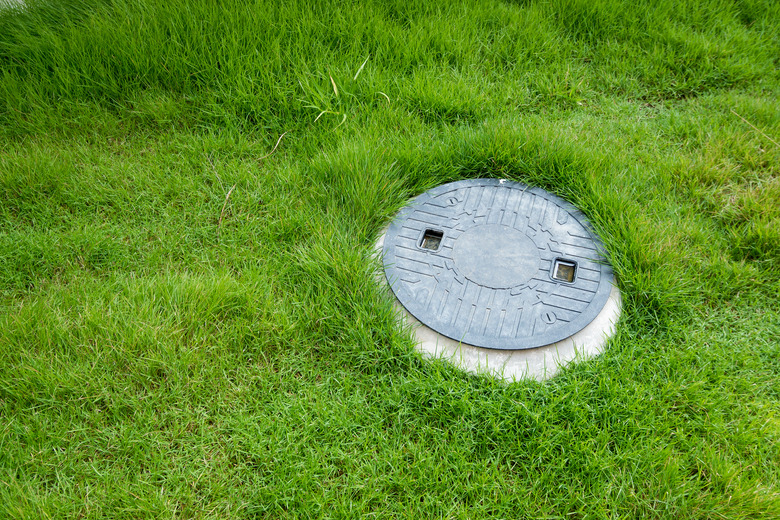How Far Should You Put The Septic Tank From The House?
If you don't have access to a municipal sewer service, you'll need an alternative, such as a septic tank and field lines. These systems are quite simple in design and function. There are, however, building codes and health issues that you must consider when laying out your septic system.
Tip
Local codes and regulations that stipulate the distance of the septic tank from the house vary depending on the locale, but the typical minimum distance is 10 feet.
Distance From the House
Distance From the House
For a specific answer as to how far your septic tank must be installed from your house, consult local codes and regulations. Requirements vary from one area to another, but the normal minimum distance from the house is 10 feet. If you'll be using a private well for drinking water, however, note that many state departments of health require a minimum of 50 feet between a new septic tank and a well, according to APEC Water.
Contractors often excavate for the septic tank and system at the same time that they dig the footings for the house. In some instances, they may place the septic tank much closer to the structure because it's easier and requires less piping. You, the homeowner, will ultimately be responsible for the placement of the tank, though, so closely monitor the situation as your home is being constructed.
Basic Safety Considerations
Basic Safety Considerations
If you're a person who likes to do things yourself, there are some major precautions you should take on this project. Before you dig the hole for the tank, check with your local utility companies for the location of service lines. Severing a gas line, water line, phone line or electrical cable is not only dangerous, but it can also be very expensive to rectify.
Once you complete digging the hole, exercise caution. The walls of the hole can cave in, especially in sandy or loose soil, which can result in injuries or death. Also remember that a concrete septic tank can weigh as much as 5 tons. Don't try to maneuver a concrete unit into the hole yourself. Have the hole ready when the tank is delivered and have it placed directly in position.
Tips for a Successful Installation
Tips for a Successful Installation
Make arrangements to have your water service turned on before you have your septic tank installed. The reason for this is that you need to fill the tank with water as soon as it's in place. This has nothing to do with the septic system itself, but it's a wise safety move.
Should a sudden rain occur, a resulting swell in the groundwater could cause an empty septic tank to float out of the ground, even if it has been buried. Getting the tank back in place and repairing any damage done to the lines or to the tank itself can be expensive and time consuming.
FloHawks Plumbing + Septic suggests marking the location of your tank's access hatch or lid with an item like a planter or bird bath. You may be certain that you'll remember its exact location when the time comes to pump the tank — generally every three to five years — but your memory may eventually fade and, without a marker, you could dig holes in the wrong place when the tank needs to be serviced.
